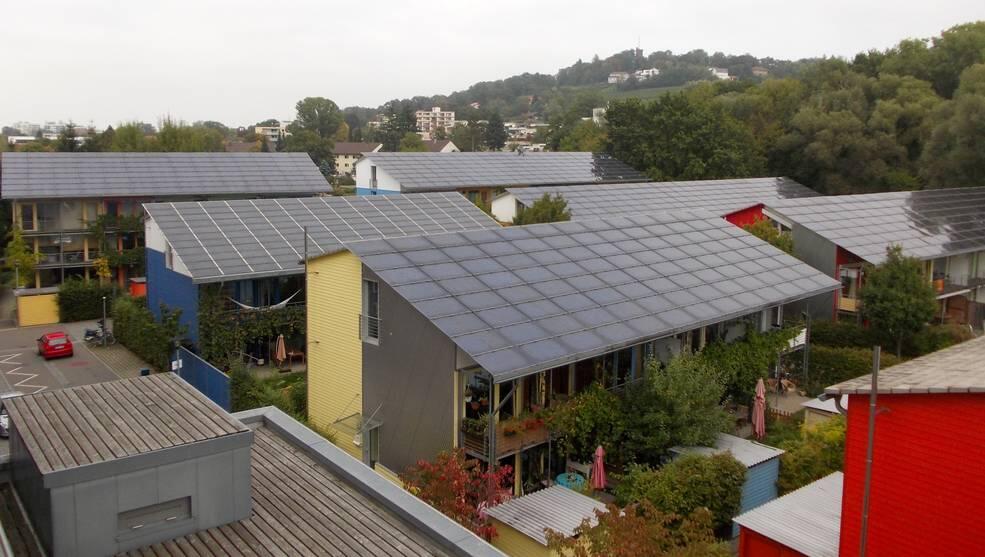Anyone who has ever tried to design a home to maximize both cost and energy efficiency knows: the virtually endless options can be overwhelming.
“Manually trying to figure out optimal combinations of windows, walls, insulation levels and materials, HVAC systems and so on is too complicated and time-consuming,” says Ekotrope CEO Ziv Rozenblum.
NASA was facing the same problem in planning a trip to Mars, where the stakes are even higher. “We have literally thousands of architectures we could use to get to Mars,” says Nantel Suzuki, a technical lead in NASA’s Advanced Exploration Systems. “That’s why there’s a lot of uncertainty about the most feasible way to get there. We needed something that could bring some sanity to the process.”
The solution came from a systems engineer and former astronaut candidate, Ed Crawley, now a professor at the Massachusetts Institute of Technology (MIT). Funded through a NASA research grant, Crawley and his team of graduate students developed an algorithm-based tool that evaluates the various design combinations and comes up with the best options.
The tool plotted various Mars options onto a Pareto graph, with mass on the vertical axis and cost on the horizontal. The dots at the edges of the graph, or the “Pareto frontier,” represent the plans that use the least money and mass.
Saving Time
The tool not only helps determine the most efficient technologies but also advises the agency on how to prioritize the mission’s development. “Investment decisions made in the right order might save you time, money and a lot of headaches,” says Suzuki. For example, an oxygen-processing plant developed for use on Mars would obviate the need to allocate space and mass for huge oxygen tanks aboard the spacecraft.
One major step NASA has taken because of the tool’s analysis is working on further developing technologies that support the use of liquid hydrogen as a fuel source. “We looked at all these thousands of ways to go to Mars, and no matter which way we choose, we know we’re going to need this technology because of its high performance and efficiency,” Suzuki says.
But Crawley quickly realized his analysis would have wider uses beyond space missions. It started when he was looking to build an energy-efficient and cost-effective home for himself, and he realized there was no good way for his architect to analyze how different combinations impacted the trade-off between cost and energy efficiency.
Green Houses on the Frontier
Inspired by his NASA experience, in 2010 Crawley and his team at MIT developed a Pareto frontier-based software program called Ekotrope, offered through the company’s website. All a builder needs to do is enter known parameters for the future house, such as its interior and exterior dimensions, the potential materials and its orientation.
The software takes that information and runs it against a year’s worth of local weather data for the area. It quickly produces a graph plotting annual energy costs against building costs. A builder can then choose from the lowest-cost, highest-efficiency options based on specific cost, energy-efficiency and design considerations.
According to Rozenblum, a typical client will end up choosing a house that’s up to 40 percent more energy-efficient and will save $1,000 to $3,000 in construction costs. “For a company that constructs thousands of homes a year, that’s millions of dollars saved on building costs alone,” he adds. “The results are pretty staggering.”
The technology’s genesis couldn’t have come from a more audacious undertaking: sending humans to Mars.
“Everyone knows NASA is at the forefront of innovation and technology, but we don’t always get to see the benefits in other sectors on a day-to-day basis,” says Crawley, who is company chairman. “That is why spreading this innovation into new industries is so important and exciting; we can use it to immediately improve our world in so many different ways.”
Source: NASA











